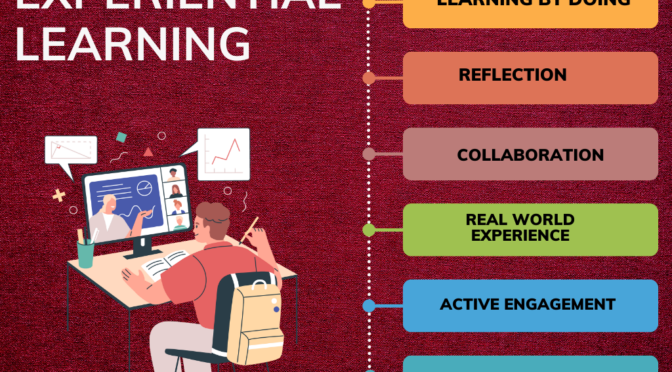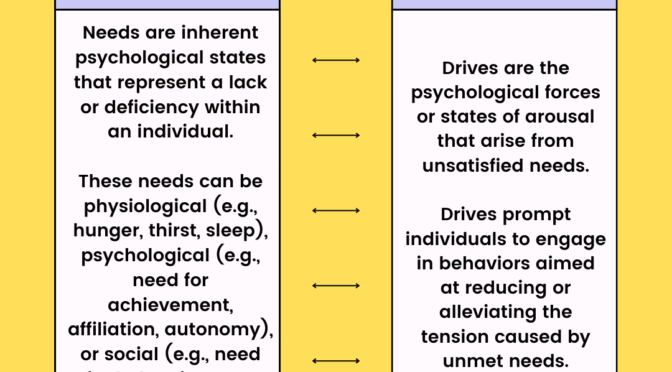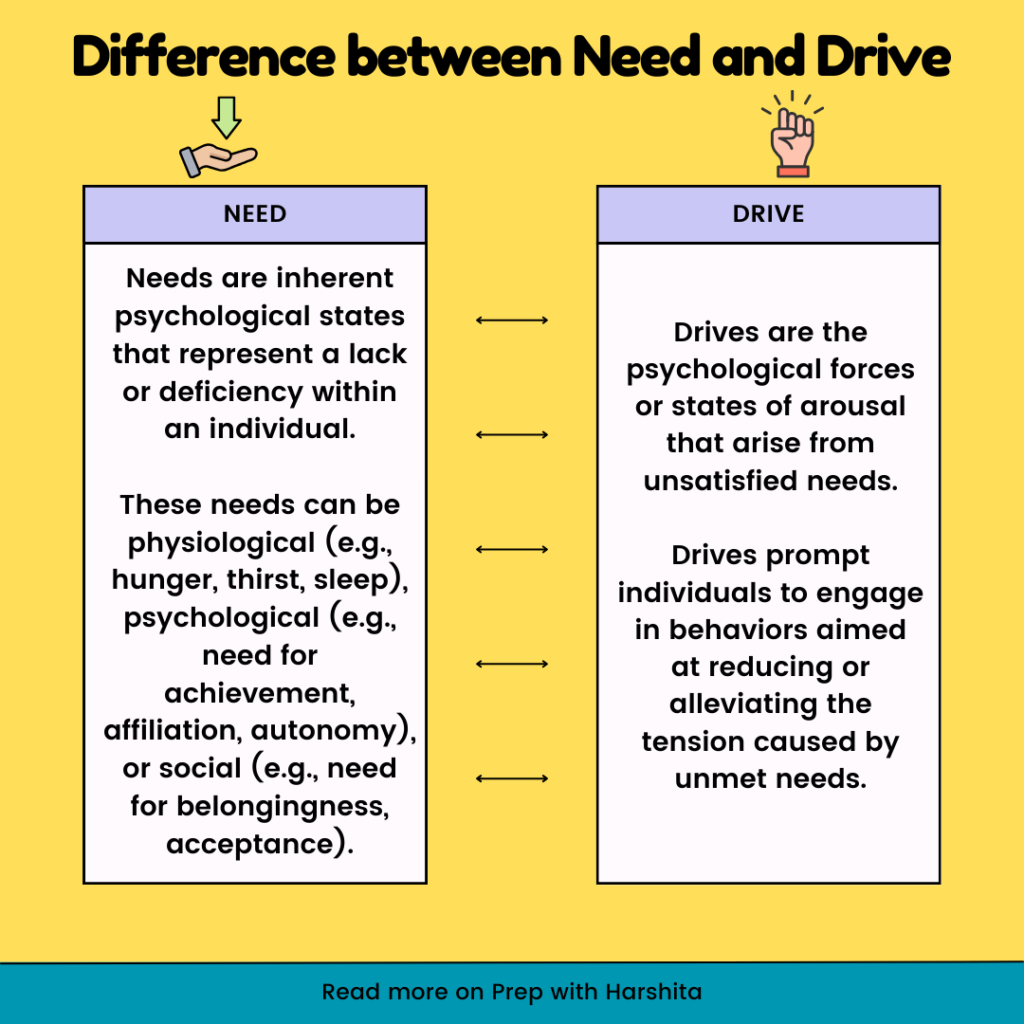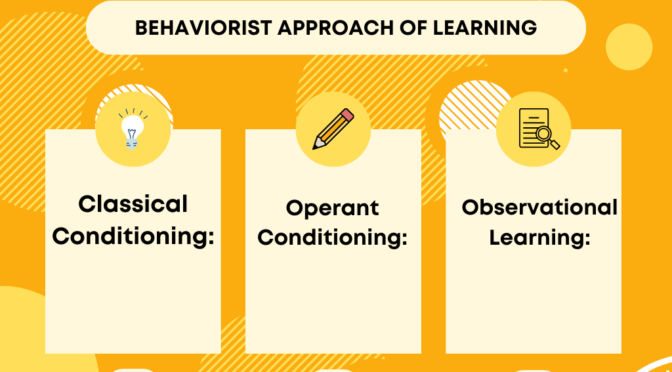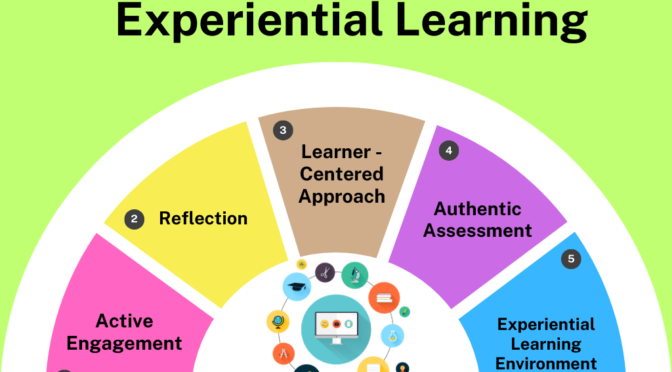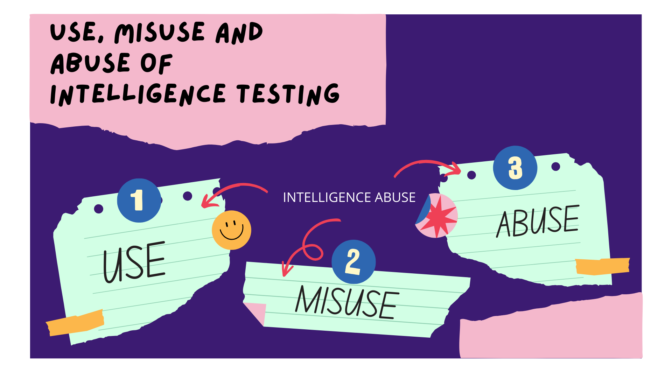Experiential education is a hands-on learning approach that emphasizes learning through direct experience. Instead of traditional lecture-based instruction, experiential education encourages students to actively engage with the material through activities, experiments, projects, and real-world experiences.
Key principles of experiential education include:
Learning by doing: Students learn best when they actively participate in activities rather than passively receiving information.
Reflection: After engaging in an experience, students reflect on what they learned, how they felt, and how they can apply their new knowledge or skills.
Real-world relevance: It often connects classroom learning to real-world contexts, helping students see the practical applications of what they’re learning.
Read more on the next page.
Also Visit: Prep with Harshita

